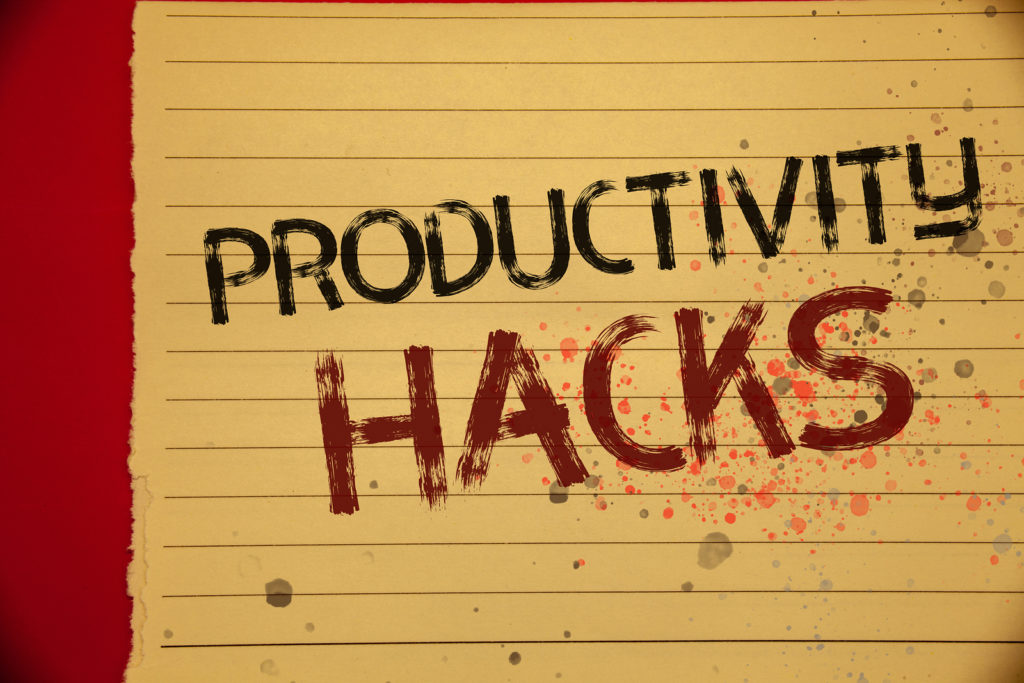
How Biological Prime Time Can Help You Boost Productivity
Working on your most important tasks first thing in the morning is all the rage nowadays – probably because most articles say mornings are the best time for productivity.
But, as you stumble out of bed, drowsy, and begging for coffee, you may curse your fate of seemingly being the only person in the world who doesn’t enjoy morning productivity. Yet, you’re far from being alone in this.

In reality, everyone has their own natural way of going through the day – some people are most productive in the morning, some are night owls, some enjoy early afternoons, and some thrive in the late afternoons.
This happens because everyone has a unique Biological Prime Time, dictated by personal biological clocks.
What is Biological Prime Time?
The phrase was first coined by Sam Carpenter in his book Work the System – the gist of this particular time management technique is to identify your most productive hours in the day, and then schedule your days accordingly. A timesheet calculator is a handy tool for this.
Your Biological Prime Time depends on your ultradian rhythms – these are cycles your body goes through each day, and they determine your prime hours during the day. According to the book and research where the term was coined, people function in cycles of 90-120 minutes.
During these cycles, you first feel unproductive, then experience a surge of productivity, before your productivity levels dwindle down again.
How to calculate your Biological Prime Time
The key in calculating your Biological Prime Time is tracking your energy levels.
The more days you spend tracking this, the more accurate results you’ll get – so, pursue the experiment for 20 days at the least.
Consider your energy levels every hour, of every day – depending on how productive, alert, and focused you feel, write any number from 1-10 next to each hour. So, 1 means extremely low levels, and 10 means extremely high levels.
It’s best that you use a Google Excel form for this, but you can also write in on paper.
After you’ve charted in your energy levels per hour for three weeks, you’ll get a clear reading on when you’re the most alert.
If you’ve entered your data in an Excel sheet, you’ll be able to create your own line chart, showing how your energy levels rise and fall during the day.
You’ll also be able to identify the absolute peak hours for your energy levels – for example, if you usually gave high scores (8, 9 or 10) to 11 am, 2 pm and 6 pm, these are your peaks.
So, it’s best that you perform most important work during these times, for maximum productivity – you’ll feel energized enough to tackle priorities faster, and in a quality way.
Extra Tips
You now know the basics, but here are further points you can consider about your Biological Prime Time findings.
During your test period, avoid alcohol, nicotine and caffeine
Feeling fully alert at 7 a.m. on a Monday? Well, if you’ve just had coffee, caffeine might be the main thing holding you together.
Feeling drowsy at 8 a.m. on a Tuesday? If you went out for drinks with friends the evening before, you might want to blame it on the alcohol.
Staying up every night past 12 a.m.? The cigarettes you smoke in the evenings disrupt your natural sleeping patterns.
As you can see, all three substances disrupt your regular biological patterns. So, unless you give them up for at least the next three weeks, you won’t get an accurate reading for your Biological Prime Time.
As often as you can, avoid waking up to an alarm
Letting yourself wake up naturally is the best way to learn about your natural energy patterns, so you should practice this often.
But, as you probably won’t be able to sleep in until 9 a.m. every day, no matter how natural it feels (after all, you have to go to work), perhaps it’s best that you leave this part of the experiment for holidays and vacation time.
Simply, go to bed when you’re tired, and get up when you naturally wake up and feel rested enough.
Use your energy dips wisely
You’ve found your energy peak times, but that doesn’t mean the rest of your day is doomed to be a waste of time.
You can spend your less productive hours tackling less immediate tasks:
- meetings
- going through your emails
- business phone or Skype calls
Or, you can spend these hours by engaging in any other activity that doesn’t require a lot of effort, but is still in your to-do list.
As an alternative, you can make use of your energy dips to meditate, go for a walk, or take part in some other healthy activity.

